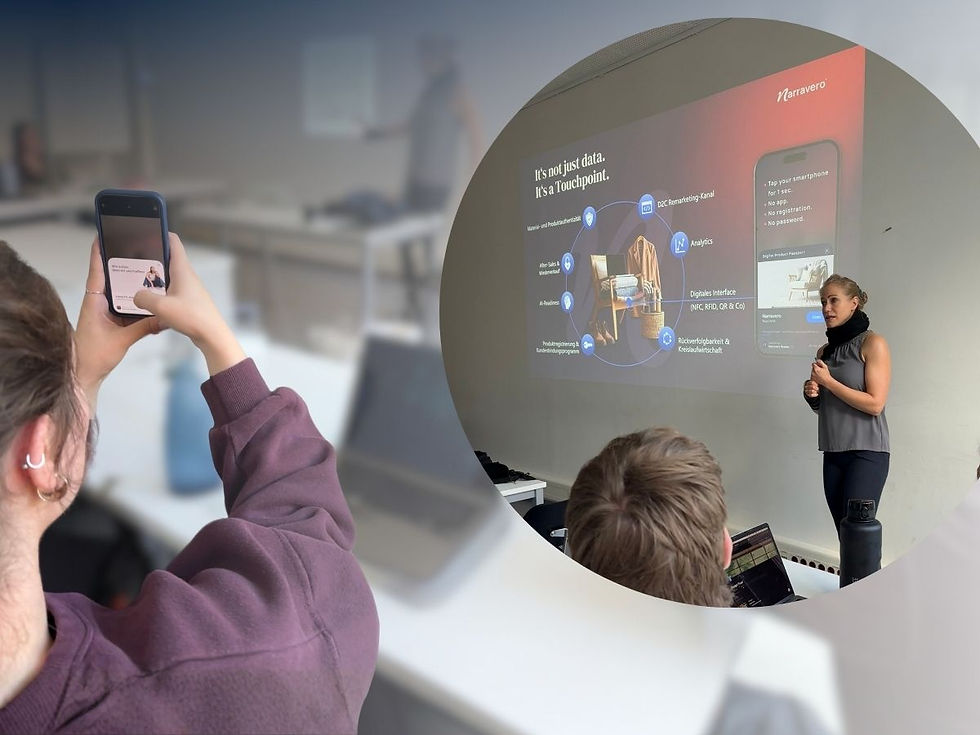Digitalization in Europe: Simplicity Needs Structure
- Lioba Galliet

- Oct 30
- 2 min read
Why Europe's path to real relief depends on shared standards.

In September 2025, the Council of the European Union adopted its position on digitalisation, simplification and common standards.
The goal: cutting red tape through structure – not through reduction.
This political agreement marks a clear direction: simplification in Europe should come from digitalisation and standardisation, creating efficiency, transparency and competitiveness.
Europe wants to simplify – and it's turning to digitalization to do it.
But true simplification doesn’t come from fewer rules – it comes from better structure. Standards are not a barrier. They’re the new operating system of competitiveness.
Less Bureaucracy – More Structure
Europe has a clear goal: reduce burden through digitalization. Certificates, documentation, data flows – all of it is to be digitized and made accessible via shared platforms.
It sounds efficient – and it is. But anyone digitizing must also organize.
Data needs language, interfaces, and clear formats. And that’s where the real transformation begins.
Standardization as a Political Tool
By choosing common specifications, Europe is entering a new phase of industrial policy. Because standardization is not a technical detail, it’s a political instrument.
Whoever defines the standards also determines:
what’s compatible,
how transparency is created,
and who can participate in the market.
In a world where products, information, and supply chains are increasingly interconnected, standardization becomes a matter of strategic power – not to limit diversity, but to enable understanding across systems, industries, and borders.
The Paradox of Simplification
Europe wants to cut red tape. But the path to simplification demands new discipline.
Simplifying doesn’t mean doing less – it means doing things more clearly. Data must be maintained. Processes must be defined. Formats must be harmonized.
Yes, it requires effort.But it’s effort that creates value.
Because once information speaks a common language, genuine simplification becomes possible.
So the paradox dissolves: Europe simplifies by bringing order. And that order isn’t restriction, it’s efficiency through alignment.
What This Means for Business
For companies – especially brand manufacturers – the message is clear: The future of simplicity is structured.
Those who start organizing product, supply chain, or sustainability data today will benefit tomorrow from:
automated processes,
faster certifications,
and more credible communication.
The Digital Product Passport is just one example. It shows how regulation and standardization can become levers for transparency and brand leadership.
Because when data is structured cleanly, it tells a clearer story – and earns trust.
Simplification is not an administrative task. It’s a cultural shift: from managing to understanding.
Conclusion
Europe wants to reduce friction – and it's doing so by becoming more precise. Less paperwork. Fewer delays. More clarity.
This isn’t an escape from complexity – it’s a new way of handling it.
Simplification is not a political gesture. It’s a shared language. And those who learn to speak it will help shape tomorrow’s markets.
Digitalization, simplification, standards – the European Council’s official statement outlines the specific measures now on the table:


